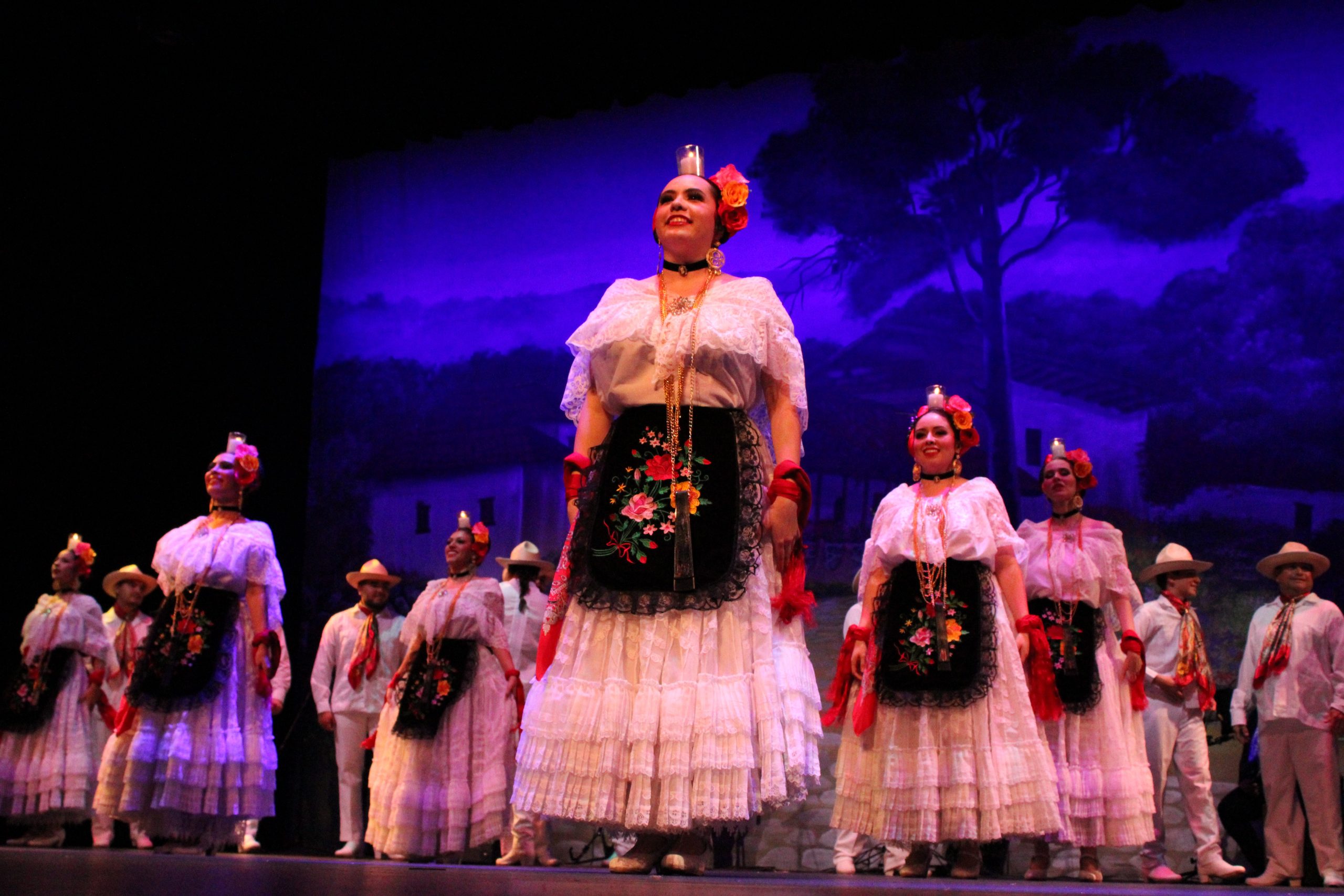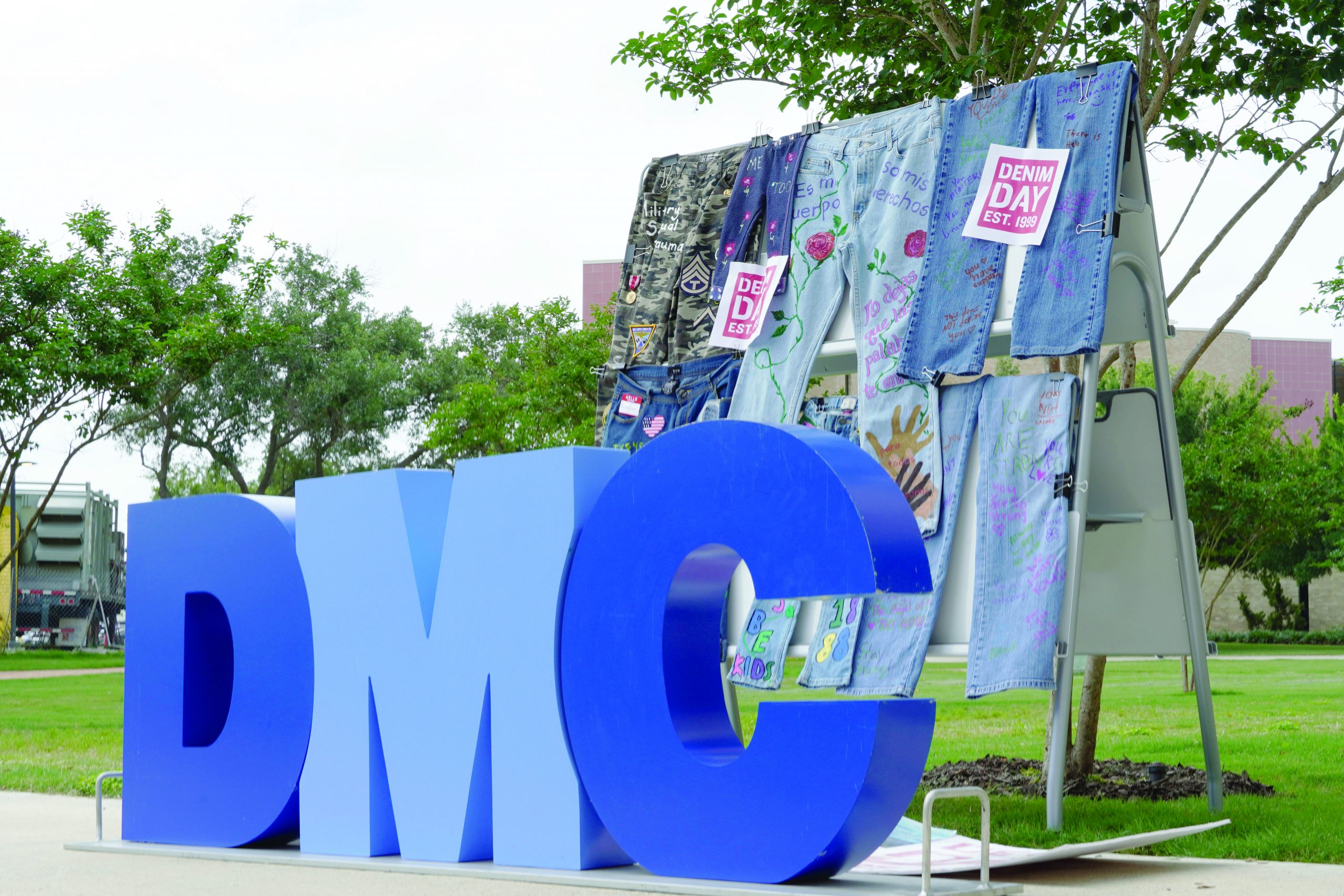Oil field, dual
credit contributed
to the increase
By Amber Quaid / Managing editor
Enrollment at Del Mar College has been on a decline since 2010, but this year shows a slight increase breaking that cycle. This year 10,746 students are enrolled, or about 200 more than last year, according to unofficial figures. Official enrollment numbers will be available after the 12th day of class.
In 2010, 12,236 were enrolled, followed by a decrease in 2011 with 12,071 students, to a more than 1,000- student drop in 2012 with enrollment at 11,030. In 2013, 10,502 students were enrolled, showing a slight increase in 2014 with 10,746 students. The 2011 academic year was the first year showing a decrease in students but it had one of the largest graduating classes.
“The total of 1,100 associate degrees awarded in 2011-12 represents the second-highest number of degrees ever awarded in one academic year,” stated Volume 28 of the Del Mar College Statistical Profile. “From 1936 through 2013, Del Mar College conferred a total of 55,086 awards, 35,056 degrees and 20,030 certificates.”
The 2013 student headcount by department on declared majors breaks down into Arts and Sciences with 2,074, Business and Technology with 2,984, Health and Human Services with 3,058 and Liberal Arts with 2,386 (there are no undeclared students for 2013). In 2013 there were 5,754 students who were transfer majors and 4,748 students who were AAS/Certificate majors.
The 2013-14 Student Profile at Del Mar indicates that the average age is 25 years old, with women making up 56.6 percent of the current student body, minorities 68 percent, part-time students 71 percent. Nearly 81 percent of students are from in-district, 56.5 percent are academic and 43.5 percent are career and technical students. The breakdown of these categories might help explain the decrease of students from year to year and why 2014 has seen an increase.
The enrollment for students 20 and younger or 30 and older has stayed relatively the same while the number of students 20 to 29 has seen a decline in the past four years. The male-to-female student body ratio has stayed relatively the same over the last four academic years with a slight decrease of female students, 61 percent to 57 percent, and a slight increase of male students, 39 percent to 43 percent. The number of Hispanic students has relatively stayed the same within the last four years at between 6,500 and 7,000 students, with a decrease in white, non-Hispanic students from 4,000 to less than 3,000 and the other category (black, Asian, Indian and unknown) from 2,000 to 1,000 students. The part-time status of students has increased from 41 percent in 2009 to 71 percent in 2014. Minorities have seen an increase in receiving certificates from 57 percent to 65.4 percent.
“The prospective student body is diverse and so are the factors in enrollment slipping or rising,” former Del Mar student Carlos Garanzuay said. “Right now, extra factors that may be in play is the oil industry and the opportunity to make quick money there, dual-credit programs and the shortened track to a bachelor’s degree.”
The oil industry could be another reason for the slight increase because of the demand for more public safety education or EMS, firefighters and criminal justice. Those classroom sizes have gone from 19 to 24 students. The nursing program has also seen an increase in class size, from 22 to 24. All other class sizes have seen a decrease over the last few years. The state has passed new degree requirements making both an associate and a bachelor’s degree quicker to obtain. This new degree plan may explain part of the reason 2014 is seeing a slight increase in students. The eLearning system saw an increase in 2011 but even that opportunity has seen a decrease in students over the last four years from 2,621 to 2,306.
Another factor that may explain the decrease is the students who graduate who do not meet the minimum standards to enter a freshman class (noncredit or remedial classes are not part of the enrollment count).
“About 65 percent of entering first-time-in-college students were evaluated as requiring developmental work in mathematics, writing and/or reading,” according to Volume 28 of the Del Mar College Statistical Profile.
Then there is the argument of class availability.
“Sometimes classes are at times that don’t work out for me,” studio art major Sarah Spaulding said.
Del Mar offers continued education classes and flexible scheduling to help alleviate the issues that arise from this argument. The eight-week courses offered seem to increase enrollment in the spring with 350 students but only 150 in the fall (2013 enrollment). The weekend classes seem to do the opposite with 200 students in the fall and just slightly over a 100 in the spring. Rapid track seems to offer the most benefit in the summertime with over 200 students. The average age for these classes is 34.
Though there is no clear-cut reason as to the decrease in student enrollment, the increase this year is notable.
All data used was found in the Del Mar College 2013-14 Statistical Profile, Volume 28. You can view this profile at www.delmar.edu/spir/statprofile.aspx





